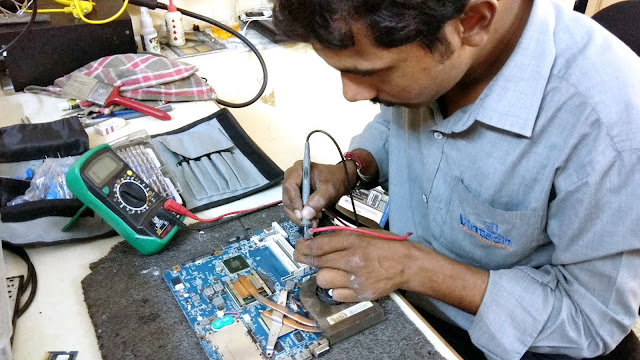Serving one of the largest counties in Maryland, the Howard County Department of Fire & Rescue Services is comprised of 13 career and volunteer fire stations. Hiring and recruitment for the career fire service occur twice per year, on average, and take approximately seven months from the time of application.
HCDFRS is currently recruiting Training Class 37.
Interested in a firefighting career with us? Fill out the Job Interest Form.
A Howard County Department of Fire and Rescue Services (HCDFRS) firefighter trainee has many rewards, financially and personally. HCDFRS offers an exceptional compensation package that includes the following:
Excellent starting salary: Entry-level firefighter trainee positions earn $55,761 annually. Trainees also receive full pay during Academy training.
Excellent benefits: Under the County's flexible benefits plan called County Flex, employees may elect to enroll in medical insurance plans, dental insurance plans, optional life insurance, dependent life insurance, and health care and dependent care flexible spending accounts.
Excellent career opportunities: HCDFRS is not just about fighting fire! There are opportunities in Emergency Medical Services, Fire Inspection, Search and Rescue, Swift Water Rescue, Hazardous Materials, and much more! Our firefighter trainees are also trained as emergency medical technicians (EMTs) - 80% of the calls we respond to are for medical emergencies.
Excellent working environment: HCDFRS is committed to diversity in the workplace. We’re a diverse group that welcomes all races, ethnic groups, and backgrounds. As part of our recruitment efforts, we are also focused on supporting our military veterans.
Excellent people: HCDFRS has a people-friendly family that helps the community, helps each other, and helps people in general. We know that we’re an integral part of your community, your neighborhood, and your county. We’re not just saving people, but helping them as well.
Excellent reputation: We're known around the region as one of the best fire and rescue departments in the state! Those who join our department will have an opportunity to learn innovative medical techniques, learn best practices in CPR and make a true difference in the lives of the citizens we serve.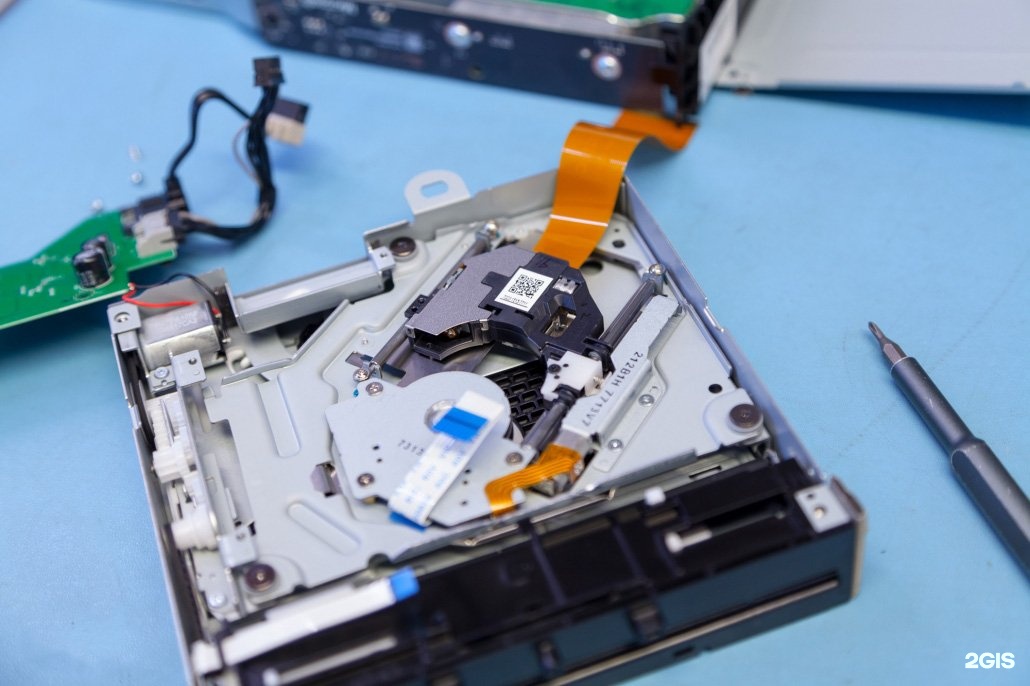
Additional benefits include annual salary review and longevity increments:
Recruitment Process
Title
Step 1: Application
Content
The Howard County Department of Fire and Rescue Services offers exceptional and diverse career opportunities for men and women seeking professional development and satisfaction. With excellent salaries and benefits, a variety of job assignments, unlimited opportunities for advancement and the chance to make a profound difference in the community.
Minimum Qualifications

As a condition of employment, persons selected for all future training classes shall not use tobacco products in any form throughout the term of their employment whether on or off duty. Any use of tobacco products during the term of employment shall constitute grounds for disciplinary action and/or termination.
Application information will be updated when available.
You must apply through the County's job portal at www.governmentjobs.com/careers/howardcounty
Title
Step 2: Written Exam
Content
Those who are selected at the conclusion of the application submission will be invited to take the written exam.
Title
Step 3: CPAT
Content
The Candidate Physical Ability Test (CPAT) will be offered to those candidates who have passed the written exam. Once you have received a notification that you have passed the written test, links to a Mentorship and Testing Sign Up Genius will be forwarded to the email address you provided. There is no need to call Human Resources inquiring about the CPAT schedule.
There is no need to call Human Resources inquiring about the CPAT schedule.
You must bring your photo ID and the completed Physician Authorization form. All candidates MUST wear LONG pants.
Please review and prepare the following forms (as applicable):
CPAT Orientation Guide
CPAT Preparation Guide
CPAT Physician Authorization Form
Candidate Passport
A day in the life of a trainee during their first two weeks:
An instructional video of the CPAT course:
Title
Step 4: Interview
Content
Howard County Fire & Rescue is looking for professional, dedicated, and enthusiastic men and women that value the importance of serving the community. Take the time to ask yourself what values you hold as a high priority in your own life. Howard County FF/EMT’s and Paramedics focus on coming together as a team during each shift to make the best decisions on each call they run. They are trusted by the local community to use all the skills learned in some of the most challenging situations.
Take the time to ask yourself what values you hold as a high priority in your own life. Howard County FF/EMT’s and Paramedics focus on coming together as a team during each shift to make the best decisions on each call they run. They are trusted by the local community to use all the skills learned in some of the most challenging situations.
Interview information will be disseminated as it becomes available.
Title
Step 5: Conditional Offer
Content
Conditional offers will be sent to candidates selected by the Human Resources Division and will include information on the next step.
Title
Step 6: Background Check
Content
Background check information will be disseminated as it becomes available.
Title
Step 7: Medical Evaluation
Content
Physical Fitness is essential to having a successful career as a FF/EMT or FF/Paramedic. All potential candidates will have a thorough medical evaluation in accordance with NFPA 1582 to see if they meet the qualified criteria for a career with HCDFRS.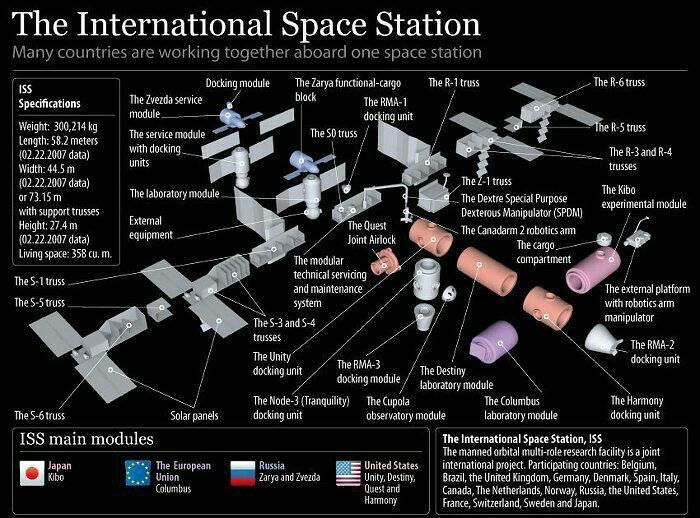
Title
Step 8: Psychological Evaluation
Content
Information on each potential candidates psychological evaluation will be given when they receive a conditional offer of employment.
Title
Step 9: Drug Screening
Content
Howard County Fire and Rescue has no tolerance for substance abuse of any kind. A drug screening will be assigned to each potential candidate upon receipt of conditional offer of employment.
Title
Step 10: Final Offer
Content
Congratulations! If you satisfactorily complete all steps of the application process and are selected, each candidate will be given a final offer of employment with the academy start date. There will also be information sent to you on uniform fitting dates and Family Orientation Night.
Frequently Asked Questions
Title
How long is the academy?
Content
The academy is 26 weeks long.
Title
Do I have to fill out an application before taking the written test?
Content
Registration is done online only at www. governmentjobs.com/careers/howardcounty when firefighter/emt trainee openings are available for posting.
governmentjobs.com/careers/howardcounty when firefighter/emt trainee openings are available for posting.
Title
What does the written exam consist of?
Content
The written examination consists of multiple-choice questions. You will be given two hours and twenty minutes to complete the exam. There are four sections to the test, including Video Based Human Relations, Animated Mechanical Aptitude, Reading, and Math.
Content
You will be invited to sign up for the Candidate Physical Ability Test (CPAT) only if you pass the written entrance exam.
Title
How long will the hiring process take?
Content
The hiring process involves various steps and could take up to six months. Your cooperation in completing the necessary paperwork at each stage of the process will help make the process quicker.
Title
When is the next test date?
Content
Written and physical exams are offered once a year if HCDFRS is in a hiring mode. If you fail the written test, you may retest after twelve months.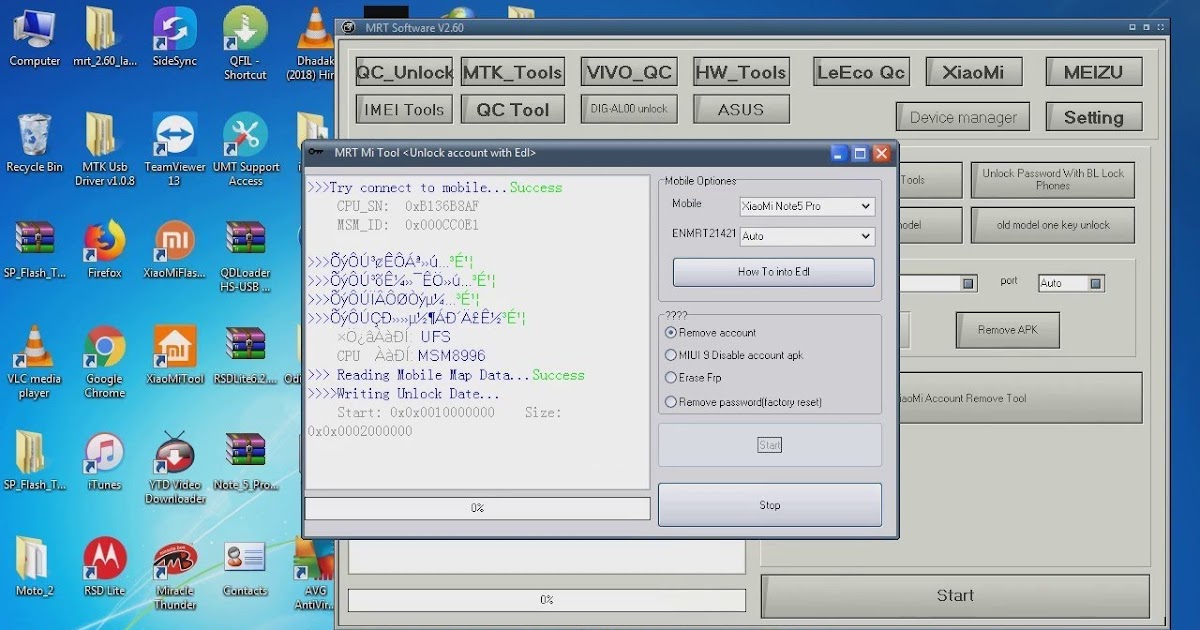 If you fail the physical ability test, you may retake the test the next time it's offered.
If you fail the physical ability test, you may retake the test the next time it's offered.
Title
Where does testing take place?
Content
All testing is held at the James N. Robey Public Safety Training Center, 2200 Scott Wheeler Drive, Marriottsville, MD 21104.
Title
What is the proper attire for written testing?
Content
Suit and tie are not required.
Title
Is the academy a live-in academy?
Content
No, the academy is non-residential. The academy is held Monday-Friday, typically from 7 a.m. to 4 p.m. Based on training needs, some weekends and evening hours are required.
Title
Am I paid while attending the academy?
Content
Yes, you will be paid at the rate stated on your hire date.
Title
What is the maximum age to become a firefighter/EMT?
Content
There is no age limit. As long as you're able to pass all phases of the process, you're eligible.
Title
Will my military experience help?
Content
Each applicant is evaluated individually throughout the application process.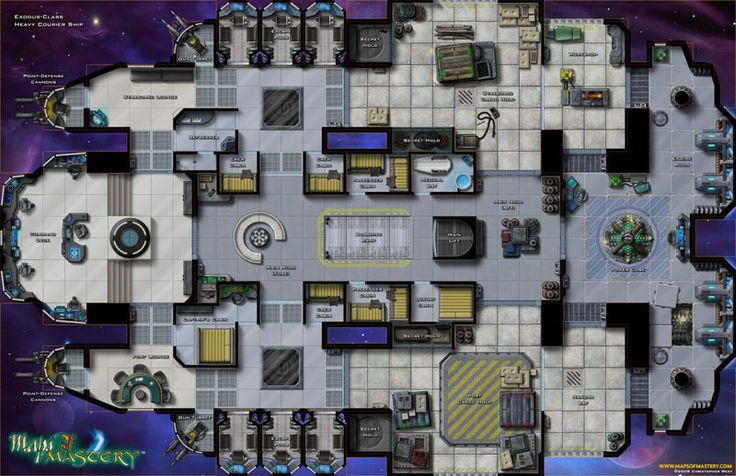 It is a very competitive process, and as such, every aspect of your life is considered when making a selection for hire.
It is a very competitive process, and as such, every aspect of your life is considered when making a selection for hire.
Title
Can I go to school while I'm employed with Howard County Fire and Rescue?
Content
Yes. The Howard County Fire and Rescue offers tuition reimbursement at any accredited college of your choice. Degrees must be related to the Public Safety Sector.
Content
You are assigned based on operational needs.
Content
In addition to responding to fire and medical emergencies, life inside a firehouse is packed with activity. HCDFRS career personnel work on one of three shifts (A,B,C). Each shift works for 24 hours at the fire station and then has 48 hours off. During the 24 hours on duty, personnel run calls, train, shower, eat and sleep at the fire station. Firefighters have a wide range of responsibilities, not only to hone the skills required of firefighting and medical emergencies, but also for the upkeep of the firehouse, equipment, and all the apparatus.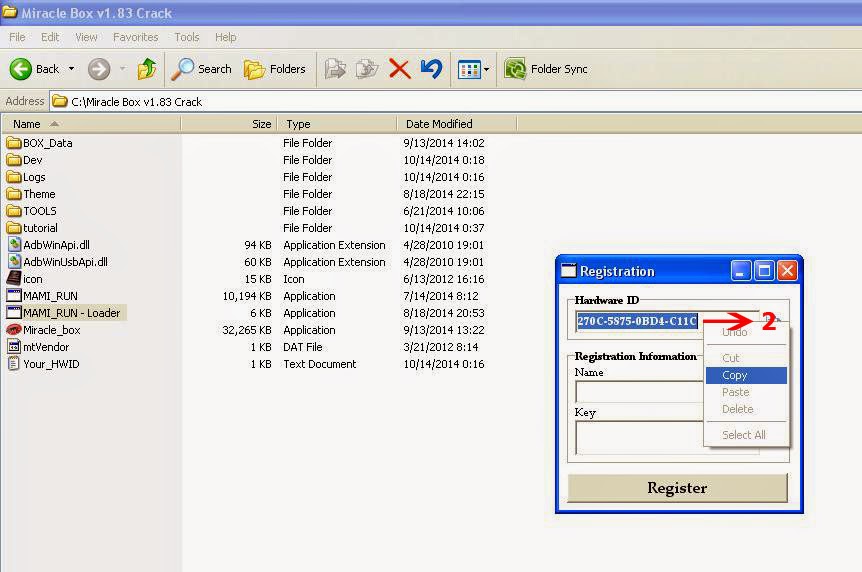 All firefighters are on rotating schedules. Everyday activities firefighters engage in include:
All firefighters are on rotating schedules. Everyday activities firefighters engage in include:
Discussion of recent or past firefighting, emergency medical responses and working out strategies to cope with unexpected occurrences during emergencies.
Every activity is important and given attention, no matter how small it might seem! A fire engine cannot respond to an emergency if it is low on fuel.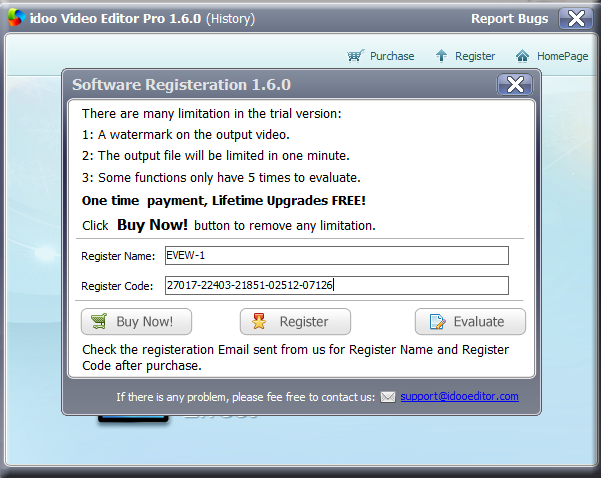 A face mask can cause a fatality if it has a crack in it. A firefighter’s entire day is spent, in one way or another, preparing for emergencies. In our department SAFETY is the top priority!
A face mask can cause a fatality if it has a crack in it. A firefighter’s entire day is spent, in one way or another, preparing for emergencies. In our department SAFETY is the top priority!
Teamwork is another key component of HCDFRS. Modern fire stations have separate sleeping and bathroom/shower facilities for men and women. Older stations have been retrofitted with separate bathroom/shower facilities, but common sleeping areas remain. The Department makes every effort to provide the best available solution to privacy issues at each station.
Like members of the armed services, firefighters and EMTs follow a command structure based on rank, with firefighters and EMTs at the lower end of the scale. A paramilitary structure requires you to take orders from those of higher rank. When on duty, firefighters cannot leave the station to take care of personal business nor can they make or receive cell phone calls while en route to or working on an incident. Firefighters are expected to come work on time every day they are scheduled to work including during snowstorms, hurricanes or other severe weather. Lateness is not tolerated. You are held accountable for your behavior – off and on the job, inside and outside Howard County.
Lateness is not tolerated. You are held accountable for your behavior – off and on the job, inside and outside Howard County.
Click here to view our Facebook page.
Click here to view our Twitter page.
Click here to view our Instagram page.
skip to main content
If a flaw requiring corrective action were to be found in an operating nuclear pressure vessel, there would be considerable safety and economic implications.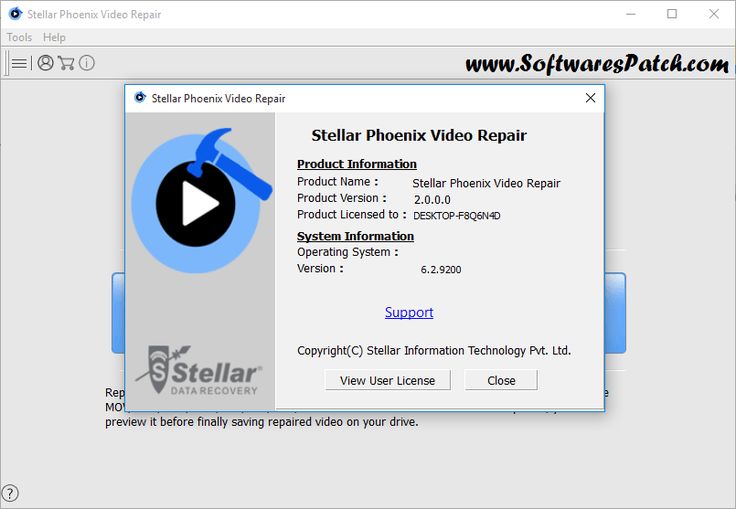 Should such a flaw be found, one possible corrective action would be an in situ repair weld. A repair of this type would presumably involve grinding away material in a region encompassing the flaw and then filling the resulting cavity with weld metal. Thermal stress relieving under those conditions could lead to serious difficulties associated with thermal expansion and warpage and would therefore most likely be avoided. Such a departure from normal procedure raises questions relating to residual stresses and material toughness levels which would have to be assessed before a repair could be recommended or approved. The residual stress measurements reported are intended to provide baseline information to aid in an assessment should such a repair ever have to be seriously considered.
Should such a flaw be found, one possible corrective action would be an in situ repair weld. A repair of this type would presumably involve grinding away material in a region encompassing the flaw and then filling the resulting cavity with weld metal. Thermal stress relieving under those conditions could lead to serious difficulties associated with thermal expansion and warpage and would therefore most likely be avoided. Such a departure from normal procedure raises questions relating to residual stresses and material toughness levels which would have to be assessed before a repair could be recommended or approved. The residual stress measurements reported are intended to provide baseline information to aid in an assessment should such a repair ever have to be seriously considered.
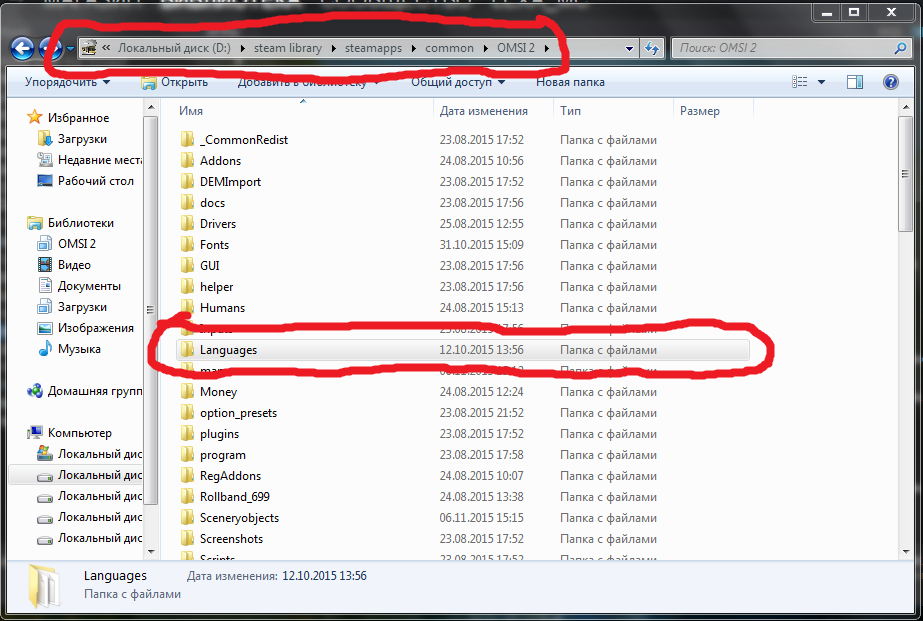 :
:
Smith, G C, and Holz, P P.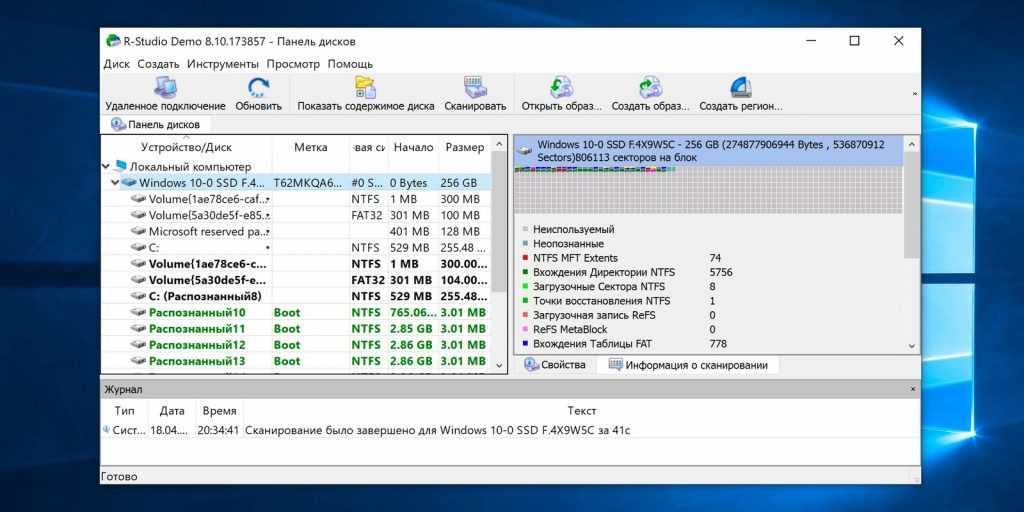 Repair weld induced residual stresses in thick-walled steel pressure vessels. United States: N. p., 1978.
Web. doi:10.2172/6703769.
Repair weld induced residual stresses in thick-walled steel pressure vessels. United States: N. p., 1978.
Web. doi:10.2172/6703769.
Copy to clipboard
Smith, G C, & Holz, P P. Repair weld induced residual stresses in thick-walled steel pressure vessels. United States. https://doi.org/10.2172/6703769
Copy to clipboard
Smith, G C, and Holz, P P. 1978.
"Repair weld induced residual stresses in thick-walled steel pressure vessels". United States. https://doi.org/10.2172/6703769. https://www.osti.gov/servlets/purl/6703769.
Copy to clipboard
@article{osti_6703769,
title = {Repair weld induced residual stresses in thick-walled steel pressure vessels},
author = {Smith, G C and Holz, P P},
abstractNote = {If a flaw requiring corrective action were to be found in an operating nuclear pressure vessel, there would be considerable safety and economic implications.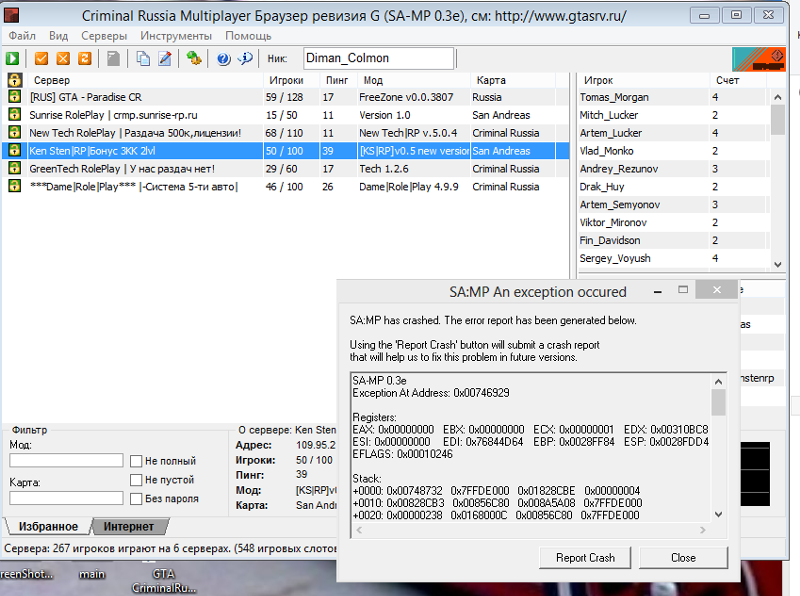 Should such a flaw be found, one possible corrective action would be an in situ repair weld. A repair of this type would presumably involve grinding away material in a region encompassing the flaw and then filling the resulting cavity with weld metal. Thermal stress relieving under those conditions could lead to serious difficulties associated with thermal expansion and warpage and would therefore most likely be avoided. Such a departure from normal procedure raises questions relating to residual stresses and material toughness levels which would have to be assessed before a repair could be recommended or approved. The residual stress measurements reported are intended to provide baseline information to aid in an assessment should such a repair ever have to be seriously considered.},
Should such a flaw be found, one possible corrective action would be an in situ repair weld. A repair of this type would presumably involve grinding away material in a region encompassing the flaw and then filling the resulting cavity with weld metal. Thermal stress relieving under those conditions could lead to serious difficulties associated with thermal expansion and warpage and would therefore most likely be avoided. Such a departure from normal procedure raises questions relating to residual stresses and material toughness levels which would have to be assessed before a repair could be recommended or approved. The residual stress measurements reported are intended to provide baseline information to aid in an assessment should such a repair ever have to be seriously considered.},
doi = {10.2172/6703769},
url = {https://www.osti.gov/biblio/6703769},
journal = {},
number = ,
volume = ,
place = {United States},
year = {1978},
month = {6}
}
Copy to clipboard
View Technical Report (3.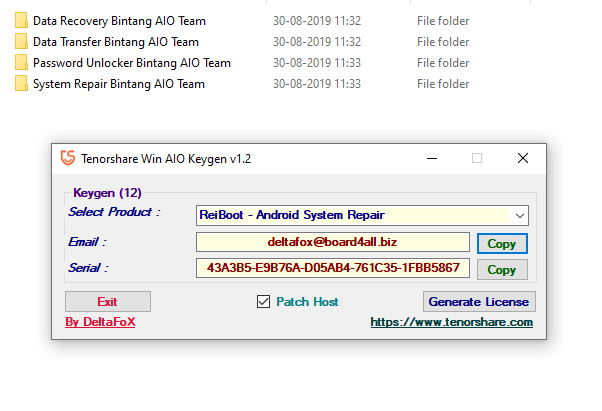 29 MB)
29 MB)
https://doi.org/10.2172/6703769
Export Metadata
Save to My Library
You must Sign In or Create an Account in order to save documents to your library.
Similar records in OSTI.GOV collections:
Advantages:
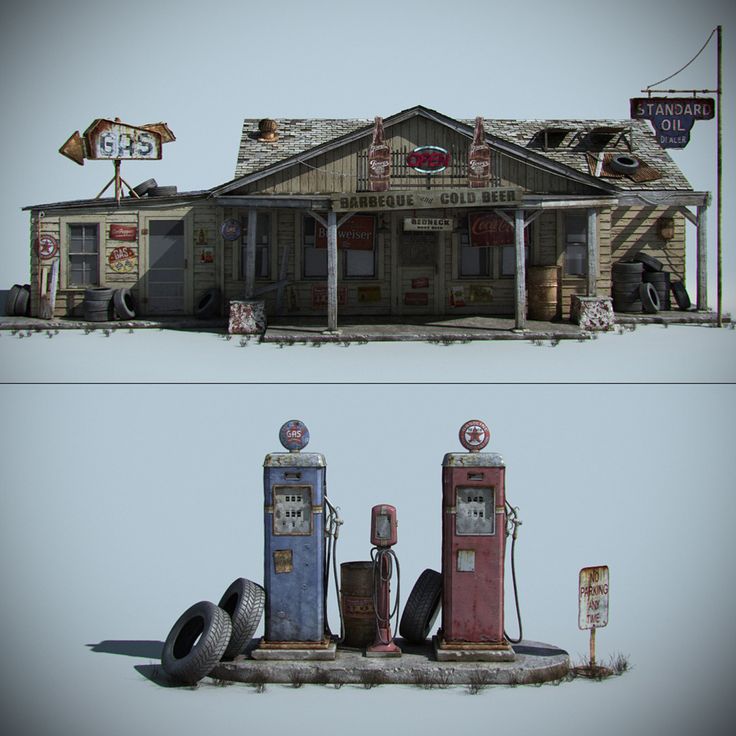
The new Speed UP additive allows liquid repair tape to dry instantly! At the moment the Liquid Repair Tape hits the asphalt surface, an additive is injected under pressure into it. As a result of a chemical reaction, the tape instantly hardens!
Video from YouTubeAlternative player
Presentation of a new product "quick hardening liquid repair tape" in the city of Grozny
Watch
Any, even the highest quality asphalt concrete pavement, is subject to destruction. It is possible to significantly (for several years) postpone its beginning by coating asphalt concrete with preservative protective and restoring impregnations AsfaTop or AsfaTop-SUPER , but sooner or later cracks begin to appear on its surface. Small at first, becoming longer and wider over time, they make a significant contribution to the destruction of asphalt. High-quality crack control is one of the most pressing problems of maintaining asphalt concrete surfaces, requiring expensive equipment and materials, a lot of time and a large number of people involved in these works.
Small at first, becoming longer and wider over time, they make a significant contribution to the destruction of asphalt. High-quality crack control is one of the most pressing problems of maintaining asphalt concrete surfaces, requiring expensive equipment and materials, a lot of time and a large number of people involved in these works.
Can some of these components be minimized by simplifying work and reducing the amount of equipment and people involved?
This issue is especially relevant in small farms that cannot afford expensive repair equipment or in those organizations in which the repair of asphalt concrete pavements is episodic or non-core.
Parking lots (including underground and multi-storey car parks), gas stations, homeowners associations, owners of cottages ... In general, everyone who owns or maintains paved roads and sites and does not have the opportunity (funds, desire) to order expensive repairs from road builders .
Highly elastic bitumen emulsion modified with synthetic materials with special agents for repairing cracks in asphalt. When dry, the material is weather and UV resistant. The product does not contain solvents and after drying it becomes a highly elastic bridging crack protection against penetrating surface water. Penetrating into the crack on the asphalt to its entire depth, soaking into all the microroughness and pores of the asphalt, BORNIT-Rissflex has a particularly strong adhesion on asphalt concrete surfaces.
When dry, the material is weather and UV resistant. The product does not contain solvents and after drying it becomes a highly elastic bridging crack protection against penetrating surface water. Penetrating into the crack on the asphalt to its entire depth, soaking into all the microroughness and pores of the asphalt, BORNIT-Rissflex has a particularly strong adhesion on asphalt concrete surfaces.
You will need a minimum of conditions and equipment for sealing cracks with cold sealant BORNIT - Rissflex.
1. The weather should be warm and windy (from +5 and above). In the short term (4-6 hours) there should be no rain.
2. Rigid broom or brush (car brush), it’s good if there is something to blow through the crack ... (for example, garden leaf blower )
3. corner for leveling the applied sealant and forming the correct shape of the seam. The corner can be made independently from metal or plastic.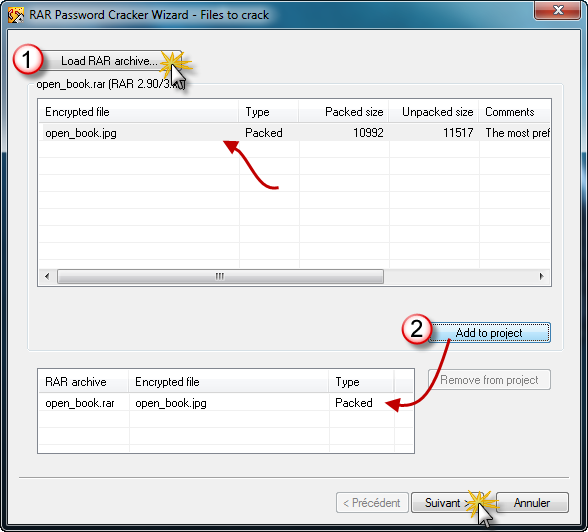
One person can do all the work!
BORNIT — Rissflex does not require preliminary cutting and crack cleaning. With the help of Rissflex sealant, sealing asphalt cracks is simplified and cheaper. Sealant (cold-applied crack mastic) is simply applied to the unprepared crack and leveled with a corner.
YouTube video Alternative player
Watch
However, in order to ensure a high quality of filling cracks in asphalt and based on our own experience, it is better to follow the following recommendations:

Cold sealant BORNIT – Rissflex with a small “slide” is poured into the prepared crack on the asphalt and leveled with a corner. By the way, this method - with a corner, refers to cases when you need to do the sealing of cracks in the asphalt with your own hands. For larger and / or periodic work, semi- or professional equipment is needed, but more on that below.
If the crack in the asphalt is deep, the sealant will flow into the crack after a few minutes. A depression will appear on the surface of the crack sealed with sealant.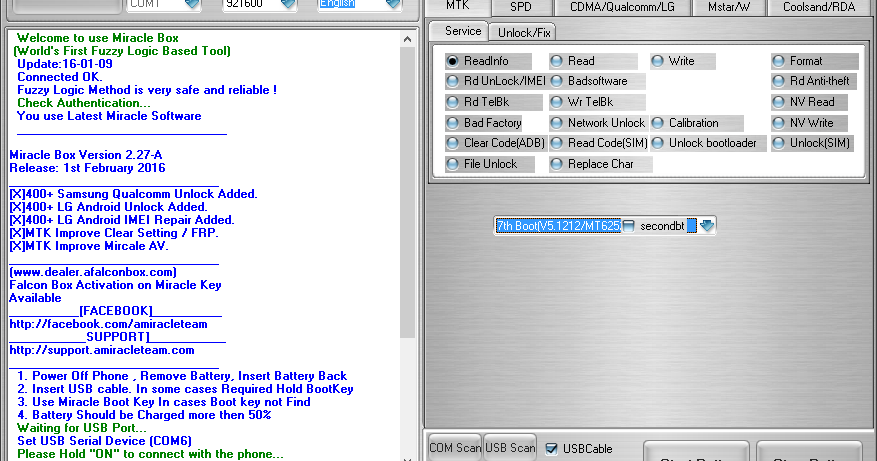 In this case, you will need to add crack sealant (crack mastic) and level it again with a corner. Do not delay this processbecause the sealant dries and a film forms on the surface. Re-leveling the sealant with a corner will scrape off this film and although this will not affect the quality of the seam, the seam will look less aesthetically pleasing.
In this case, you will need to add crack sealant (crack mastic) and level it again with a corner. Do not delay this processbecause the sealant dries and a film forms on the surface. Re-leveling the sealant with a corner will scrape off this film and although this will not affect the quality of the seam, the seam will look less aesthetically pleasing.
Rissflex Crack Sealant will dry, depending on weather conditions and crack size, from 2 hours to 24 hours. Moreover, inside a crack on the asphalt, it can dry up to several days. Dry, windy weather will speed up the drying of the sealant. First, a thin film forms on its surface (tack free), then the edges dry up and although it is still damp inside the crack on the asphalt, the sealant is no longer afraid of rain.
If for some reason it is not possible to close the area to be repaired for a long time, freshly applied BORNIT-Rissflex sealant can be densely sprinkled with granite chips (3-10 mm) on top. Due to its size, granite chips will allow the wheels of cars to pass over the non-hardened sealant without “spreading” it. In addition, granite chips pressed into the sealant and frozen in it will ensure the strength and roughness of the coating. In this case, traffic can be opened after about 30 minutes.
In addition, granite chips pressed into the sealant and frozen in it will ensure the strength and roughness of the coating. In this case, traffic can be opened after about 30 minutes.
For a better and faster repair of asphalt cracks with BORNIT-Riessflex sealant, you can use a small-sized portable device based on an industrial sprayer, which allows you to inject sealant into a crack under pressure, thus achieving complete crack filling and at the same time level the seam with a square ensuring its correct shape in one pass. There are devices with a capacity of 5 and 10 liters of sealant in a portable version and on a trolley.
Video from YouTubeAlternative player
Watch
In civilized Europe, cold sealant for cracks BORNIT - Rissflex is used on an industrial scale.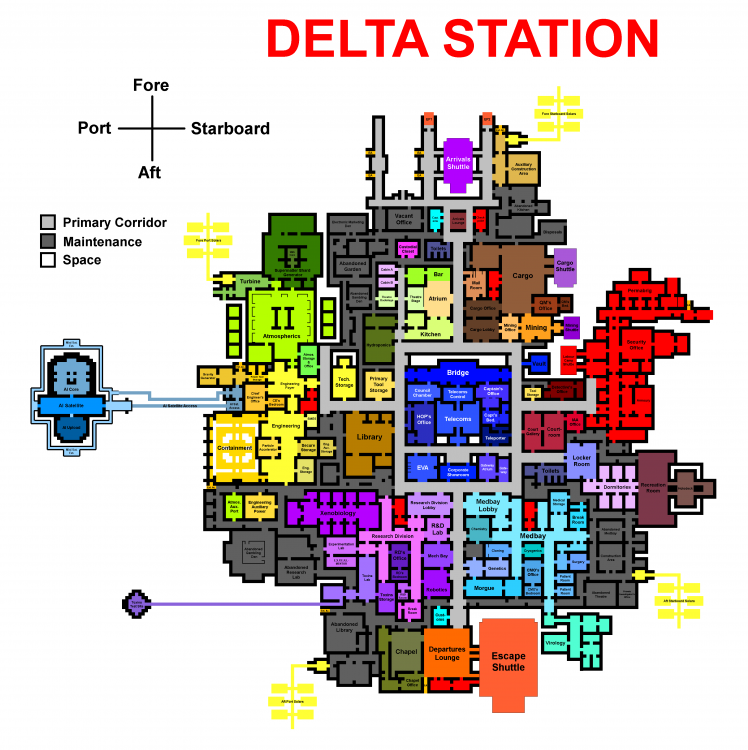 Particularly for repairing the central joint on paved roads. Since the collapsing seam is, as a rule, of considerable length, special machines are used to apply the sealant - Rissomats .
Particularly for repairing the central joint on paved roads. Since the collapsing seam is, as a rule, of considerable length, special machines are used to apply the sealant - Rissomats .
They allow you to quickly and accurately apply sealant. In order to open traffic on the repaired area without waiting for the sealant to dry completely, approximately 30 minutes after the work, immediately after its application, the seam is sprinkled with fine granite screenings (3-5 mm), for which the distribution hopper Shtrofix
Auto glass is subject to many risk factors: vibrations due to traffic, temperature fluctuations, road and weather conditions, heat and cold, and much more. It is not surprising that for these reasons, car windows are damaged from time to time, which are best repaired in specialized services.
Cracks on auto glass are expressed by one or more lines that vary in length.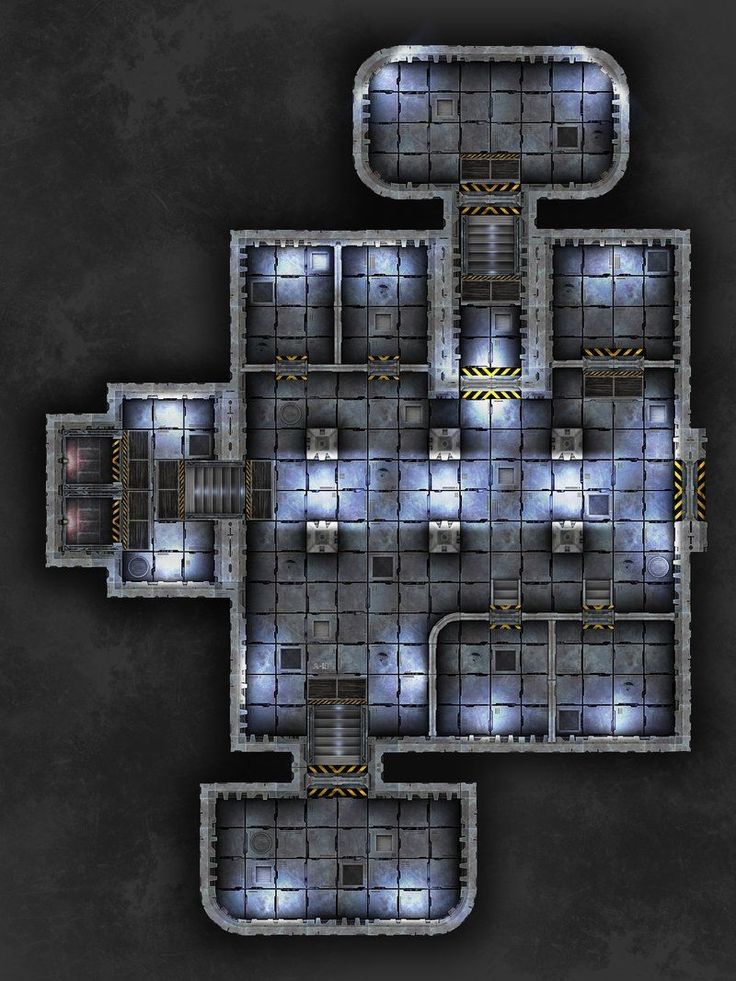 In addition to cracks, damage to the glass of a car is also considered chipped.
In addition to cracks, damage to the glass of a car is also considered chipped.
There are six main types of cracks and chips on the windshield from the impact of a stone flying out from under the wheels of a vehicle in front or other objects.
Let's take a closer look at them:
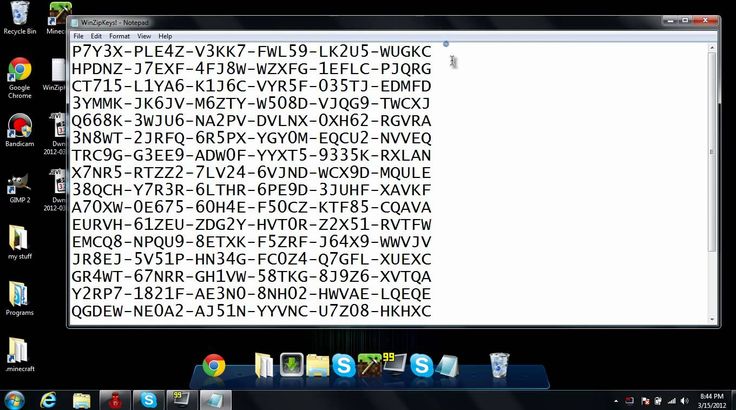
 It is also important to determine if the break has penetrated the second windshield layer.
It is also important to determine if the break has penetrated the second windshield layer. In addition, there is another type of damage to auto glass called a stress crack. This crack is caused by sudden changes in temperature. Stress cracks are usually straight and start at the edge of the windshield and can easily shatter the entire windshield.
If a crack occurs on the auto glass on a long trip, then the following steps should be taken to allow you to get to the car service:
This will temporarily prevent the crack from expanding and minimize the ingress of dust and dirt into the damaged area.
Can be repaired if:
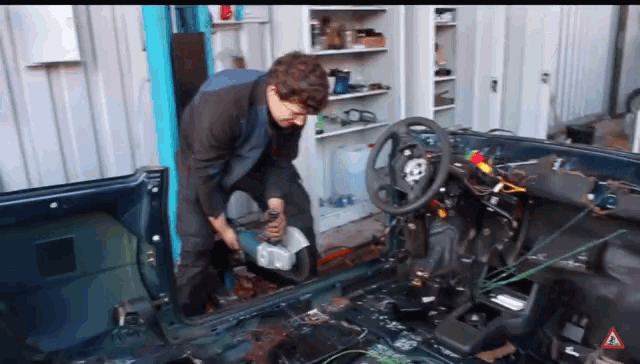
Replacement is required if:
The essence of the repair is pouring polymer into the outer layer of the windshield, restoring its shape and structure, and improving the appearance of the glass. When cured and polished, the polymer leaves a smooth surface and prevents crack propagation.
If the damage has reached the middle layer of the windshield, the cracks must be deepened or widened with a drill.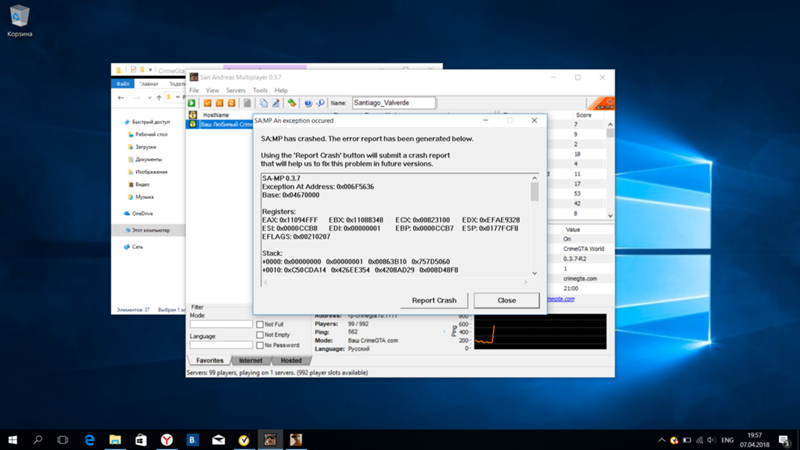 This is necessary in order for the polymer to reach the middle layer, where, after UV treatment, it will harden and glue the damaged surface. It should be noted that all repairs should only be carried out after dust particles have been removed from cracks and crevices using a small vacuum cleaner designed for this purpose. At the end, the restored part of the glass is polished.
This is necessary in order for the polymer to reach the middle layer, where, after UV treatment, it will harden and glue the damaged surface. It should be noted that all repairs should only be carried out after dust particles have been removed from cracks and crevices using a small vacuum cleaner designed for this purpose. At the end, the restored part of the glass is polished.
Most crack repair services use special equipment that allows you to quickly restore damaged auto glass. It may include: an injector, a drill, a vacuum, a set of drills, blades, a polymer, a UV lamp and other tools.
When looking for an auto glass repair service, you should pay attention to the following factors:
